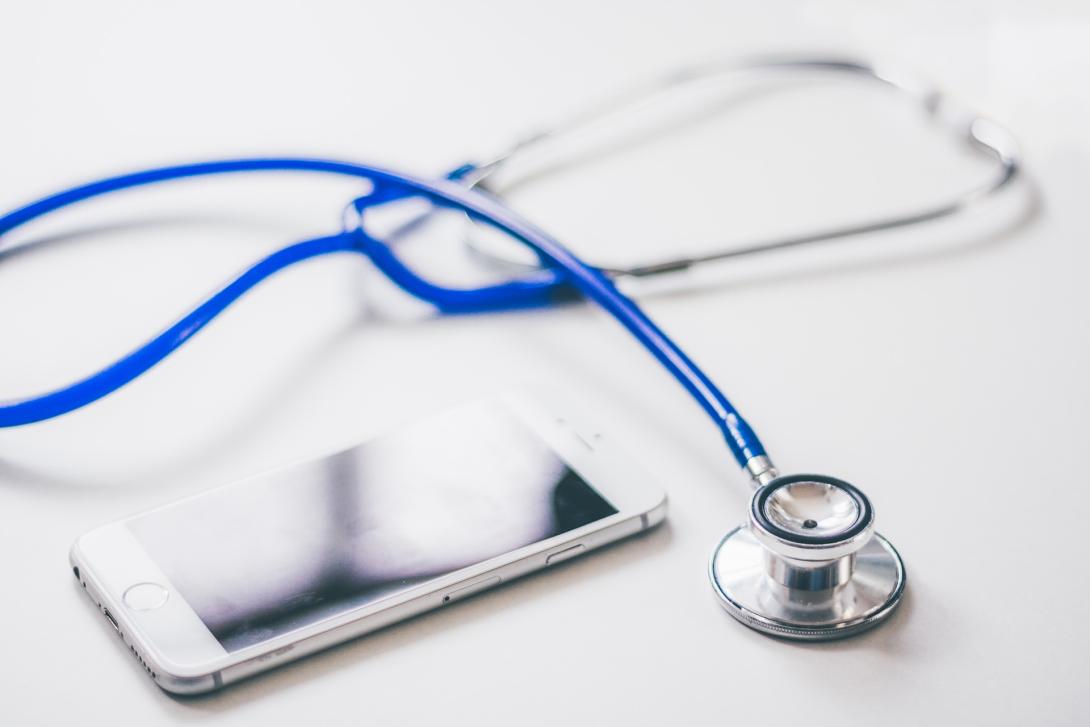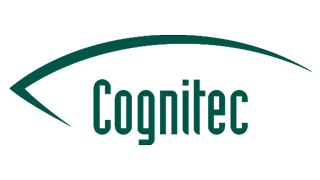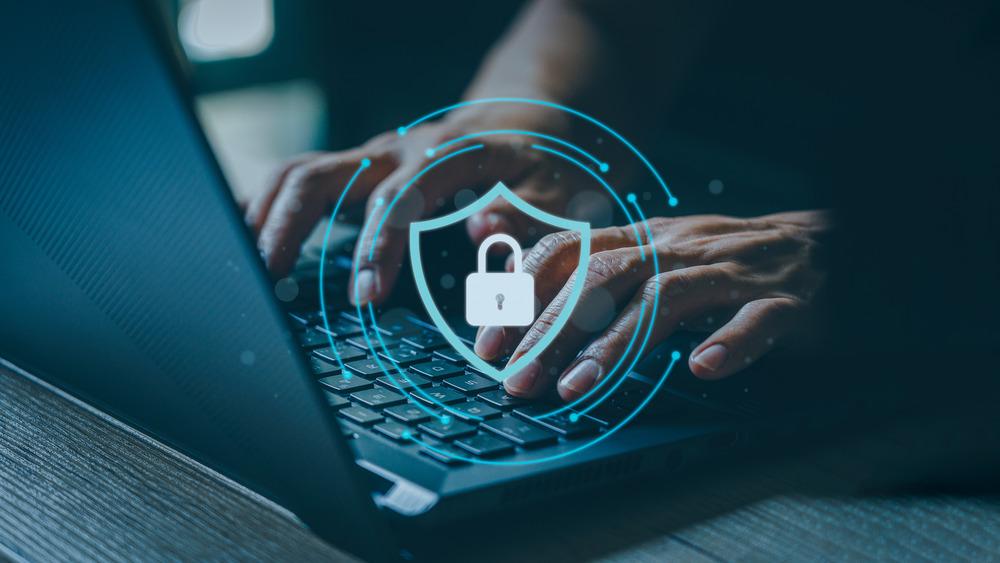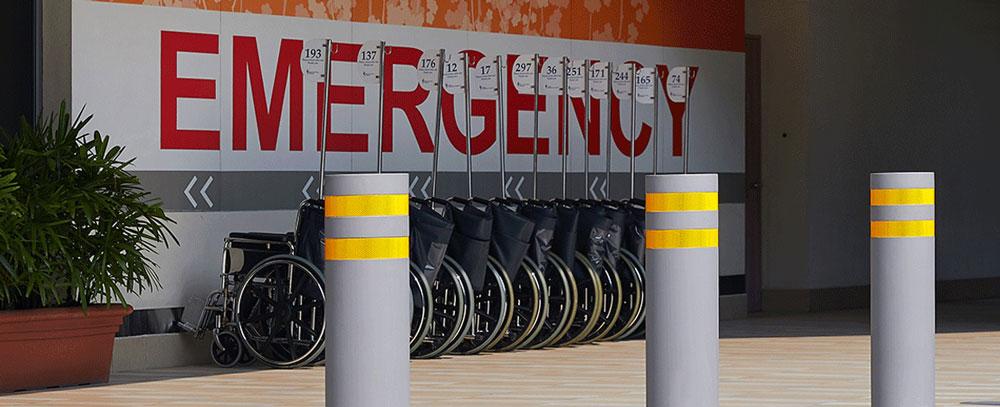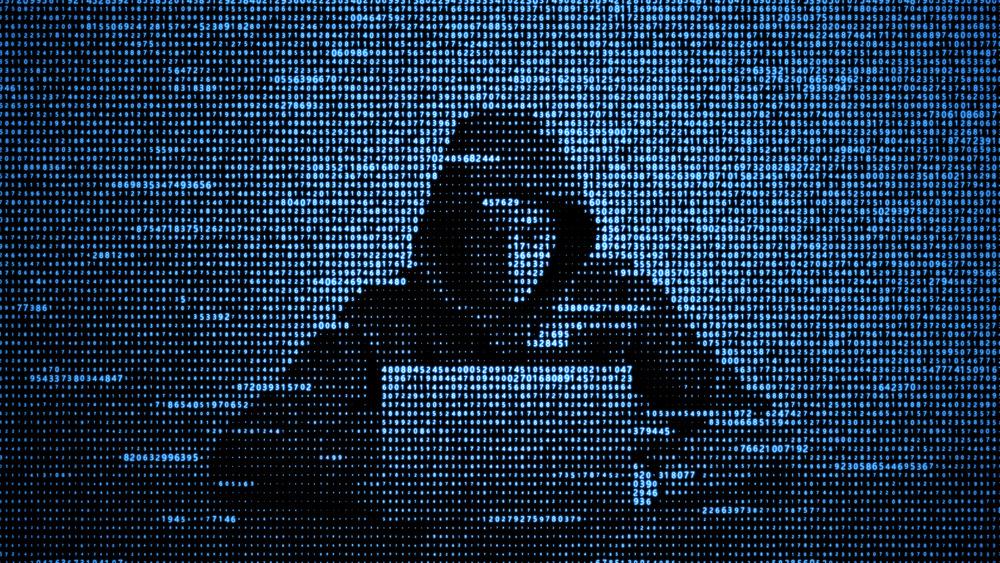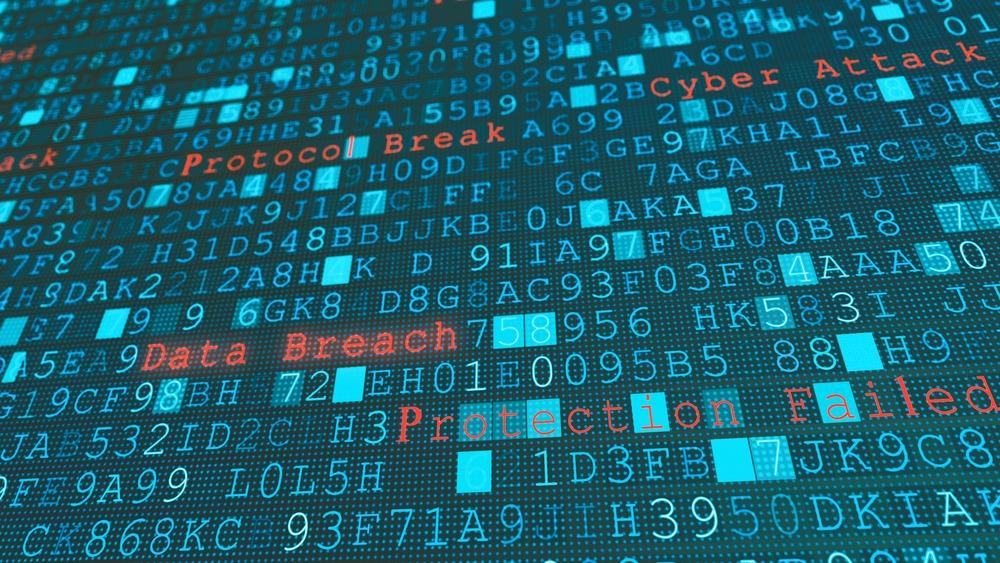Paul Dodds discusses how leveraging technology within healthcare facilities to deal with the current pandemic doesn’t need to invade privacy
Even before Covid-19, healthcare practices were under the microscope due to the need to increase efficiency and reduce costs. Whilst the pandemic has changed the outlook, with increased funding heading the NHS’s way, the digital transformation agenda hasn’t stopped – in fact, it’s been turbo-charged.
The pandemic has been a wake-up call for all industries, but for healthcare in particular it’s been a reminder that contagious pathogens have the potential to disrupt day-to-day operations significantly; and sadly, hospitals and healthcare institutions are breeding grounds for them. Whilst we can wear gloves, PPE and wash hands or change clothes regularly, germs still spread, as they are resilient.
The positive we have to take from this is that despite initial concerns, we have not been completely overwhelmed and have not ground entirely to a halt. Granted, economically we have taken a major hit, but it has to be said, if we didn’t live in such a technologically advanced age things could be a lot worse; and it has helped to stem the tide. Digital consultations have helped reduce the number of sick people intermingling, and researchers have been able to swap the lab for home.
What’s more digital transformation is now starting to infiltrate physical infrastructure within healthcare. Making use of existing hardware and getting the most value out of it is certainly a priority for institutions around the world, not just here in the UK. This is leading to out of the box thinking, and below are some of the trends which we’re seeing globally, which I fully expect to be introduced to the UK imminently.
Contact tracing via access control
We’ve heard a lot about how track and trace has worked well in other countries; whereas here in the UK it’s got off to a bit of a bumpy start. However, in healthcare institutions finding the source of a contagion – or who has passed it on / come into contact with it – is vital in helping to prevent further spreading. Whilst phones are helpful in tracking movements, they don’t help to inform cleaning and sanitisation schedules. They can track if someone walks around a hospital, but can they say what corridor someone used, or which door handle they touched? This is where existing hardware comes into play. With hospital employees all used to access control to manage who is able to enter specific areas of the building, it becomes easier to build up a picture of who moved where during the day – and therefore who may have been near a potential contaminator.
To give a real-life example, the McCormick Center in Chicago has been turned into a field hospital – much like venues such as the NEC in Birmingham and the London ExCeL were. However, due to the sheer volume of staff moving around the venue, they were keen to be able to trace movements so that in the case of a positive case, employees who were around the sick employee at the time can be advised to self-isolate – therefore reducing the risk of them contaminating more people. Of course, this is not a perfect science as part of Covid-19’s deadliness is the delay in showing symptoms, but it does at least start reducing risks. For an easy implementation, it’s something hospitals around the country could adopt as access control reports can be run easily to identify who badged in or out nearby a known infected employee.
PPE control
Access control is also helpful in monitoring PPE levels. When linked with inventory levels, hospitals can easily monitor how often people are accessing equipment and if they’re taking the correct amount. Of course, we don’t want to turn into a big brother state, but being able to limit access to say, every 12 hours could be helpful in managing stretched supplies; or advising procurement on the required levels. Privacy can also be built into the design of such systems as it doesn’t require a person to know who is accessing the PPE, just whether they have already done so within a set time period.
Patient monitoring
All sectors have needed to manage on bare bones staff, and healthcare has no choice but to keep running no matter how many staff are unavailable to work at any one time. With nurse shortages already well documented before the pandemic, it’s put a strain on an already under-resourced sector. Add in the fact patient contact is not desirable during a pandemic, and it makes nurses’ jobs increasingly harder.
However, remote monitoring has come to the fore, with cameras from security systems or body-worn style attached to IVs a perfect way to manage this issue. It also has the benefit of only utilising PPE when completely necessary, as nurses are able to complete checks remotely and have in-depth conversations. Of course, this does not replace face-to-face contact, but it makes it safer for the time-being, and lets nurses upload information to the system instantaneously, meaning medical records are available in real-time. Plus, with analytics integrated from cameras including thermal or motion, it means patients’ movement can be tracked, alerting the staff if beds become cold or if someone is in a prone position.
But all of these technologies do bring one issue into play – privacy. Whether that’s employees feeling like they’re operating under Big Brother due to PPE requirements or tracking where they’ve been, through to patients under the watchful eye of a camera. In today’s increasingly privacy concerned society, it’s never been more important to use technology and its data in a privacy-first manner – and make that clear what data is being utilised. This includes using unique numerical IDs for access control, meaning those running reports will only see numbers associated with who accessed which door or what PPE – they won’t know whom it was, as this requires a high level of seniority; thereby protecting peoples’ privacy. For patients, their faces can be shrouded by default so those walking past a station won’t be able to see names, faces and personal information. They’ll see a redacted image that requires privileged access and a clear legitimate reason for this to be removed.
The Covid-19 pandemic has made us rethink life itself, and how we operate may never be the same again. However, the digital transformation is here to stay, so let’s make it even better and build it from the foundations up – thinking about issues like privacy to make people feel more comfortable with their data being used to improve safety. We are barely scratching the surface of how we can leverage technology to take the pressure off staff and help free them up. However, we must not sacrifice rights in the process – it must be implemented from the start and with everyone’s buy-in.
Paul Dodds is Country Manager, UK&I, Genetec.
